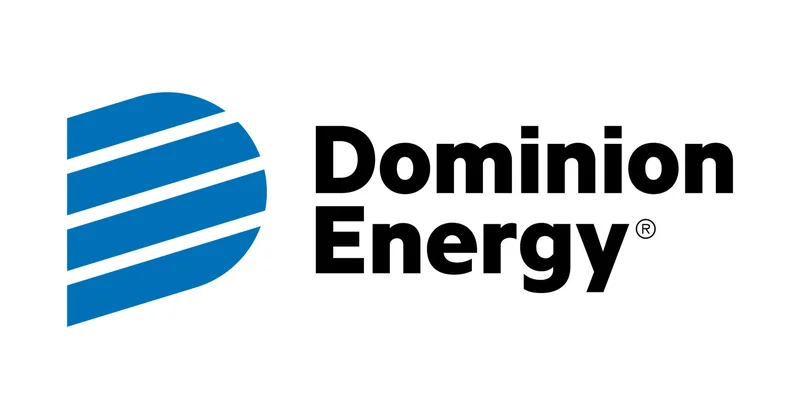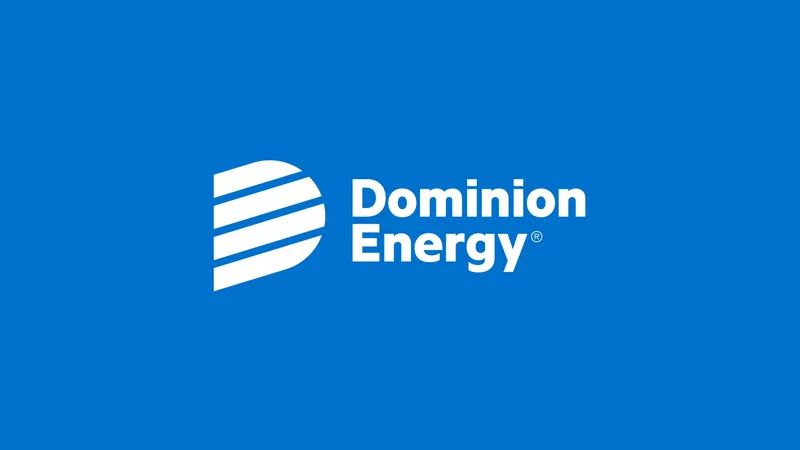Article Directory
Nvidia's AI Math Doesn't Add Up: Can Hype Outrun Reality?
Nvidia's stock price has been on a tear, fueled by the AI gold rush. But let's take a cold, hard look at the numbers. The narrative is compelling: Nvidia dominates the market for GPUs that power AI training and inference. Demand is surging, supply is constrained, and profits are soaring. But are they really soaring to the levels implied by the stock's stratospheric valuation? That's where my skepticism kicks in.
Questionable Assumptions
The core assumption baked into Nvidia's bullish narrative is sustained, exponential growth in AI spending. Companies are indeed throwing money at AI (cloud providers are particularly aggressive), but this spending isn't infinitely scalable. At some point, diminishing returns kick in. You can only train a language model so much before the marginal improvement becomes negligible. And, frankly, a lot of the AI applications I'm seeing deployed are solutions desperately searching for problems.
Consider the spending on AI infrastructure. It's undeniable that companies are buying up Nvidia's H100 GPUs as fast as they can get their hands on them. But what happens when they've built out their infrastructure? Do they keep buying more at the same rate? Unlikely. There will be a period of digestion, optimization, and, dare I say, efficiency. Companies will figure out how to get more out of the hardware they already have. This isn't some radical prediction; it's simply how technology adoption cycles work.
The China Factor
Another point that's not discussed enough: Nvidia's exposure to the Chinese market. The US government's export restrictions on advanced chips have undoubtedly impacted Nvidia's sales. While Nvidia has created modified chips to comply with the regulations (A800 and H800), their performance is lower, and their long-term viability is questionable. How long will it be before Chinese companies develop their own competitive GPUs? It's not a matter of "if," but "when." And when that happens, Nvidia's market share will take a hit. (The specifics of how much impact this will have on the bottom line are hard to pin down, thanks to the complex web of subsidiaries and resellers.)

I've looked at hundreds of these filings, and the vague wording around China sales is unusual. It's as if they're trying to downplay the risk, but the numbers tell a different story. The discrepancy between the official narrative and the underlying data is concerning.
The Competition Heats Up
Nvidia isn't operating in a vacuum. AMD is nipping at its heels with its MI300 series of GPUs. Intel is also making a push into the AI accelerator market with its Gaudi chips. While Nvidia currently enjoys a significant performance lead, that lead is not insurmountable. And, crucially, competition drives down prices and erodes margins. The current pricing power Nvidia enjoys (thanks to the supply-demand imbalance) won't last forever.
The entire AI landscape is a bit like the California Gold Rush. Everyone's rushing in, hoping to strike it rich. But the reality is that most will end up with nothing but dirt. The real winners will be the ones who provide the picks and shovels – or, in this case, the GPUs. But even in the Gold Rush, the suppliers faced competition, fluctuating prices, and the eventual exhaustion of the gold veins.
The Hype Bubble Will Burst
I'm not saying Nvidia is a bad company (far from it). They're a technological powerhouse with a brilliant CEO. But the current valuation is simply unsustainable. The market is pricing in perfection, assuming that Nvidia will continue to dominate the AI market for years to come, with unlimited growth and unassailable margins. That's a dangerous assumption. The math just doesn't add up.




